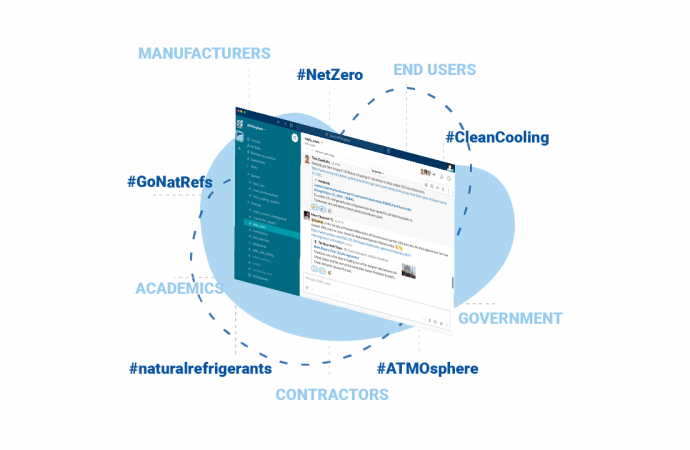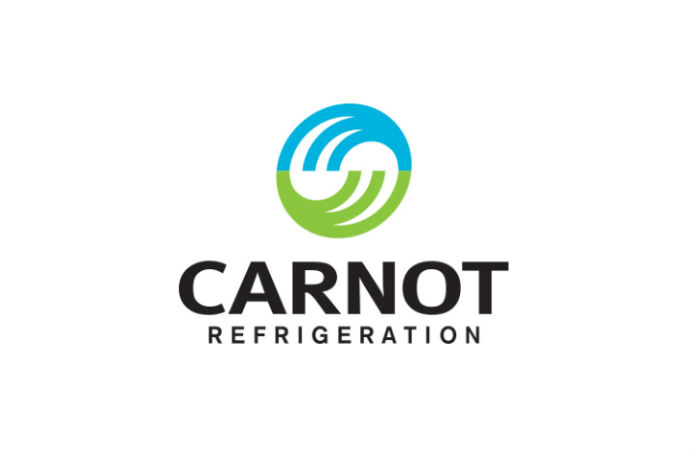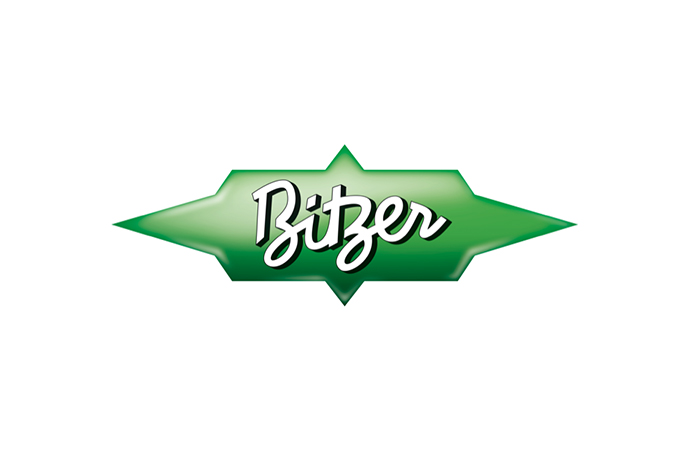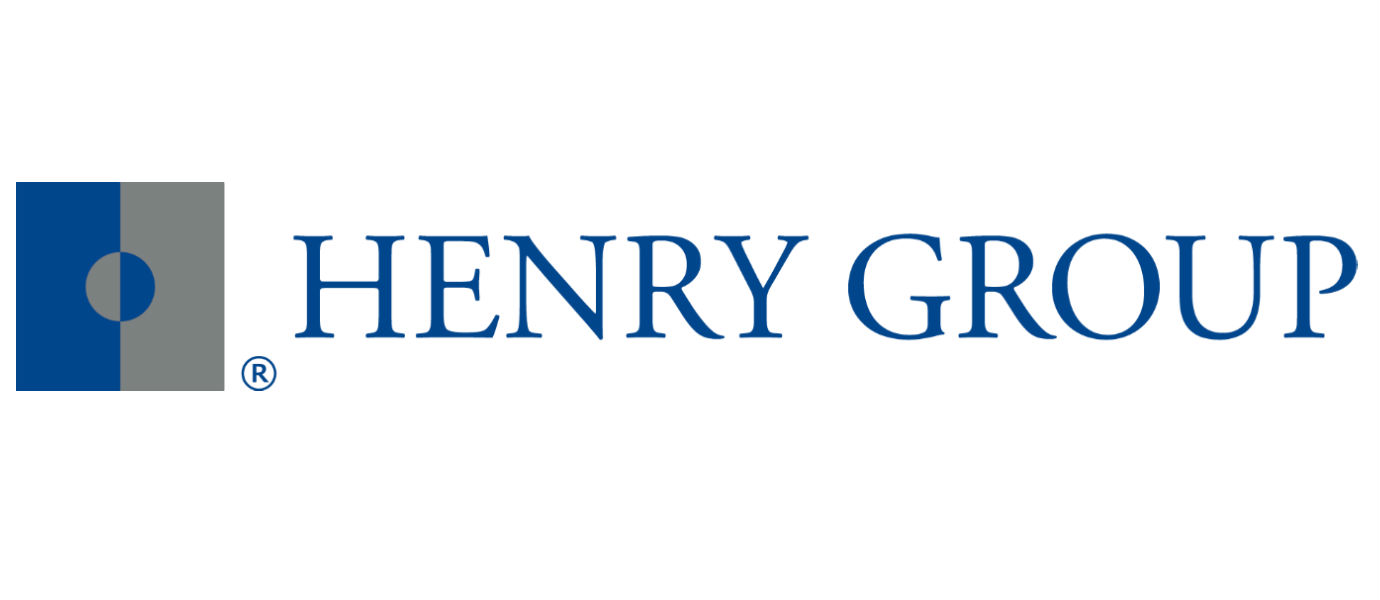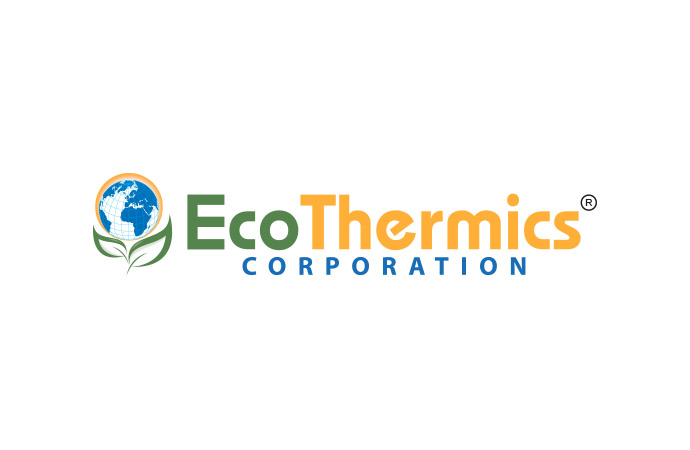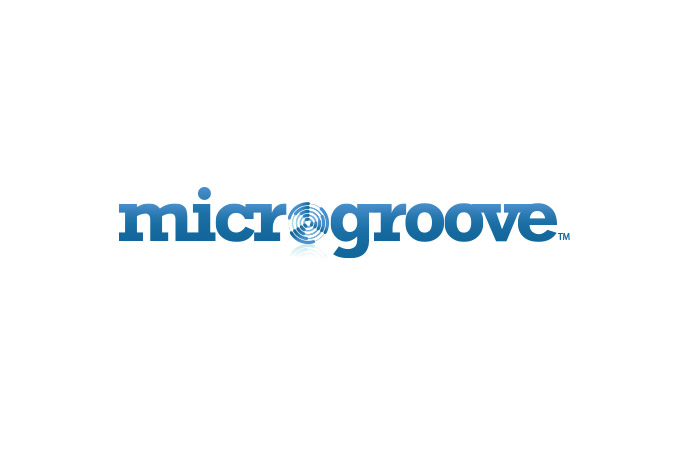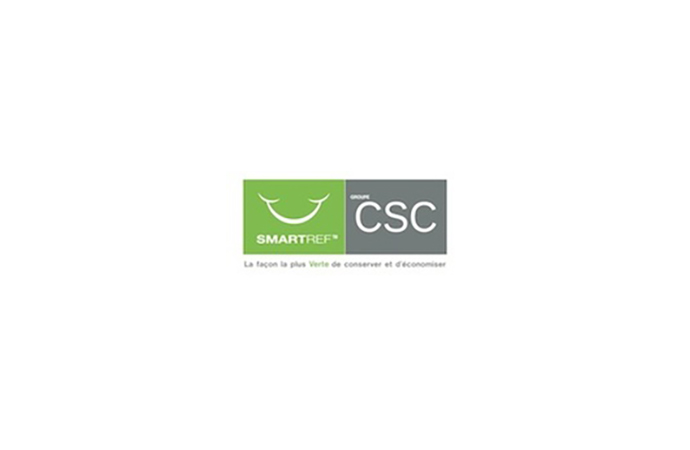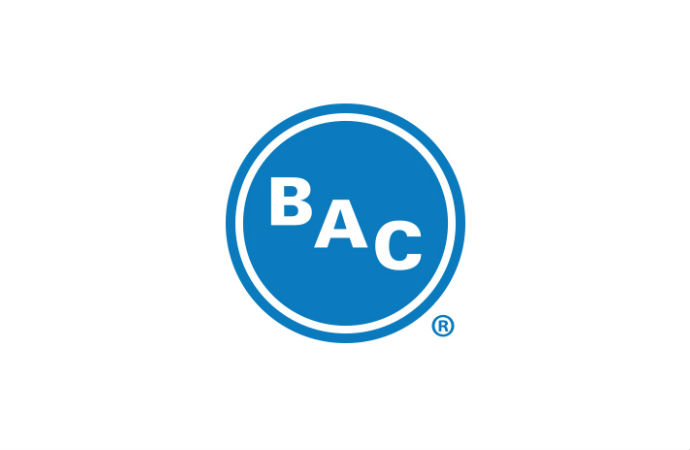A session dedicated to end-user experience with CO2 refrigeration at the FMI Energy and Store Development Conference, heard from executives from Singh360, Target, Sobeys and Fresh & Easy. Whilst presentations by Target and Sobeys revealed very different experiences with CO2 refrigeration, the consensus was the same: CO2 is viable for supermarket refrigeration. In this first article we look at key take home messages, and presentations by Target and Singh360.

At the FMI’s Energy & Store Development Conference, organised in Phoenix, Arizona from 9 – 12 September 2012, the key take away messages from Wednesday’s session dedicated to end-user experience with CO2- based refrigeration systems were:
- There is growing interest in CO2 based refrigeration system in North-America;
- Retailers need to understand business drivers when investing in CO2 systems;
- The carbon footprint is a "no brainer", no matter which CO2 system you use;
- Retailers need to invest in CO2 to learn from their experiences.
CO2 has many advantages:
- CO2 has low GWP
- CO2 gas is inexpensive: $1-2/lb (€0.7- €1.5/0.45kg) or CO2 compared to $8-10/lb (€6-€7.6/0.45kg) for HFC
- CO2 has better thermophysical properties
- CO2 has higher COP
- CO2 is non toxic and non flammable
Target Corporation: “Improving with each system”, Paul Anderson
As with the introduction of any new technology, the implementation of CO2 refrigeration entails a learning curve, but Minneapolis-based Target Corporation is improving with each system installation. So far, Target has remodelled over 1,100 of its 1,755 stores, including the following CO2 installations:
- St. Paul, Minnesota: Installed in July 2010, the system features high side R404A, medium temperature Glycol, and low temperature CO2 pumped liquid;
- San Clemente, California: Installed in October 2011, the system features high side R134a, medium temperature Glycol and low temperature CO2 DX. This store was awarded GreenChill Gold;
- Conyers, Georgia: Installed in June 2012, this system features high side R134a, medium temperature R134a, and low temperature CO2 DX;
- Los Angeles, California: Installed in October 2012 this systems features high side R134a, medium temperature glycol, and low temperature CO2 DX.
With regards to the metrics used by Target to calculate the Total Cost of Ownership, Target’s learning experience has resulted in reducing the energy consumption increase compared to R404A from 24% for the first CO2 installation in St Paul to 10% for the second CO2 installation in San Clemente. “Attention to detail is critical during installation and start up of these systems,” said Paul Anderson, Target Corporation, referring to some of the key lessons learned.
For capital investment, Target reports that the St Paul CO2 installation involved an 18% increase in equipment and a 21% increase in installation costs compared to R4041 DX, whilst the San Clemente CO2 equipment was 35% more expensive and 18% more expensive to install compared to R4041 DX. For CO2 transcritical equipment the cost is 175% higher.
MORE INFORMATION
Related stories

